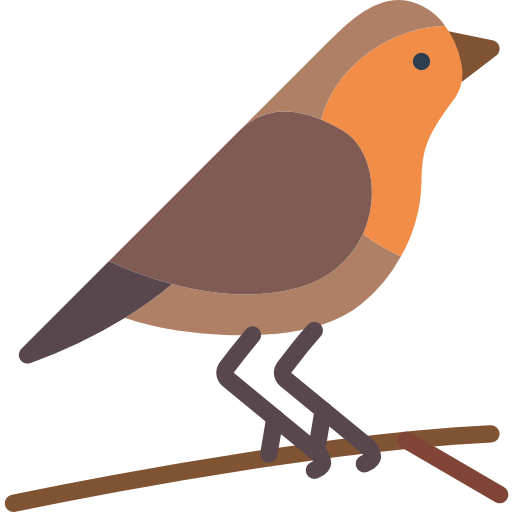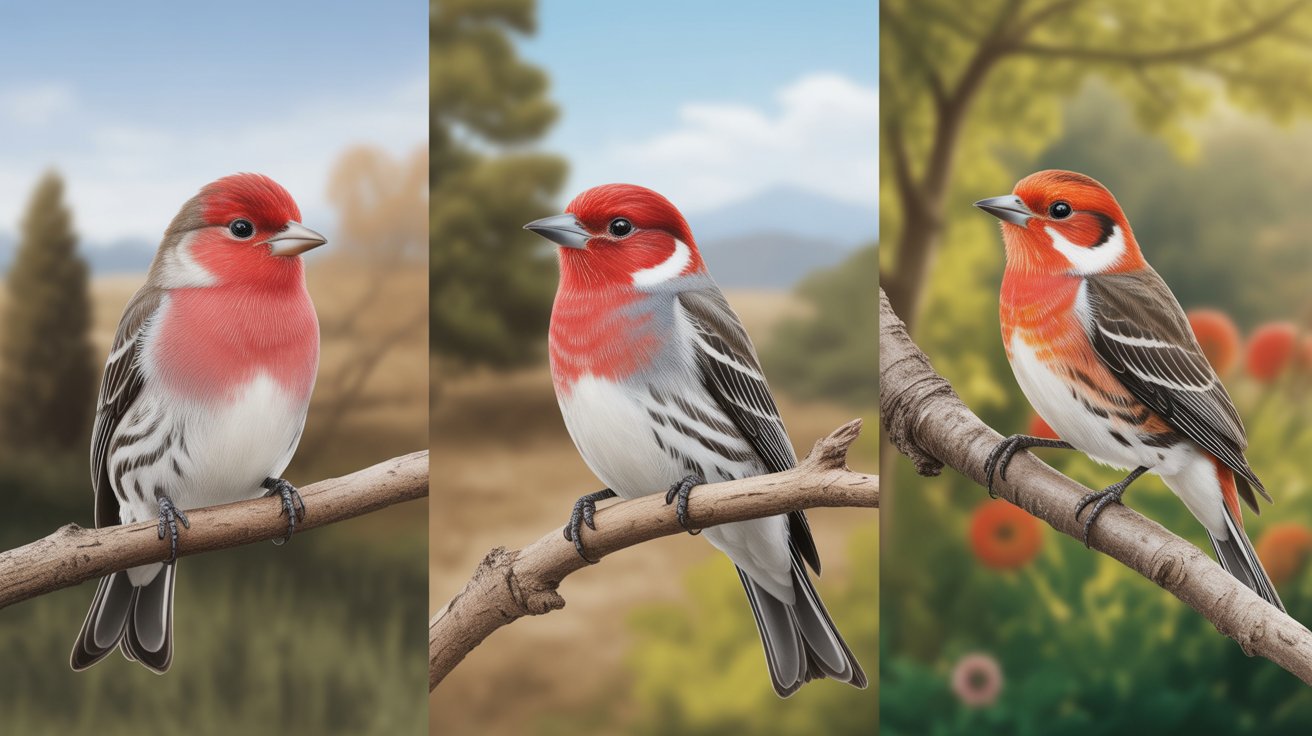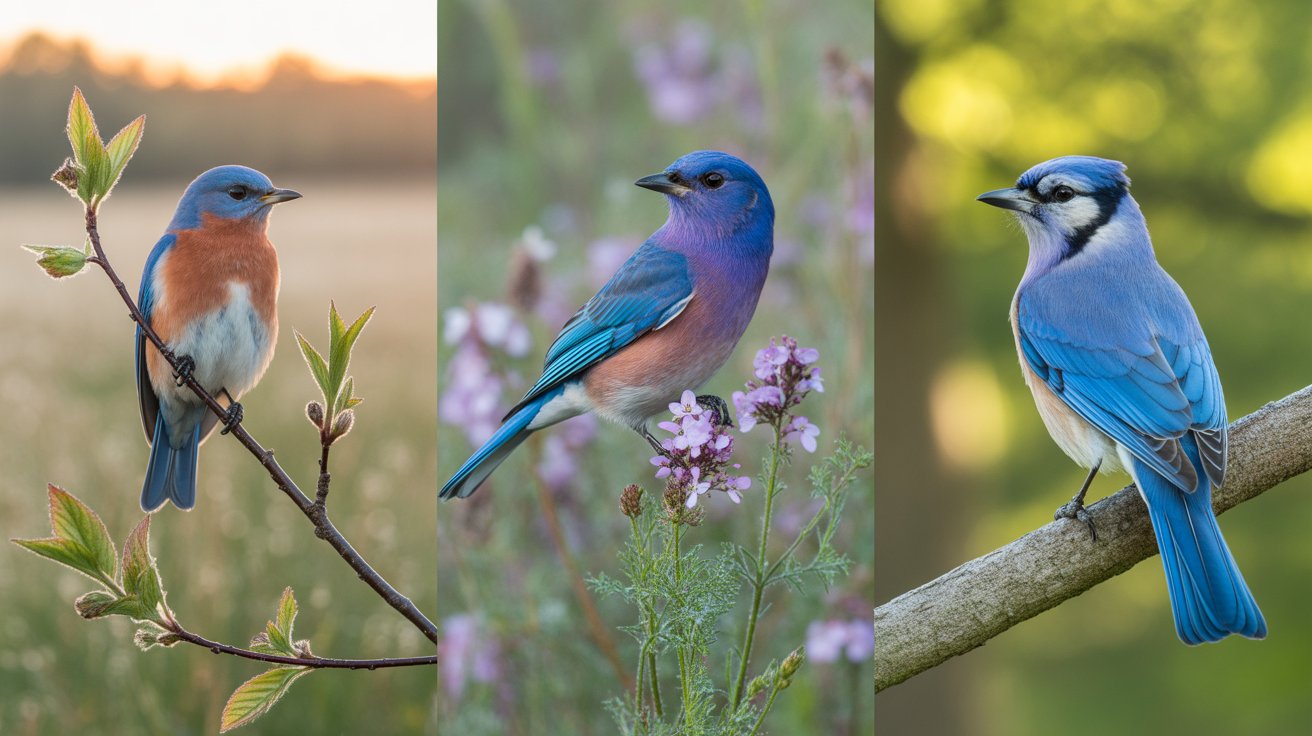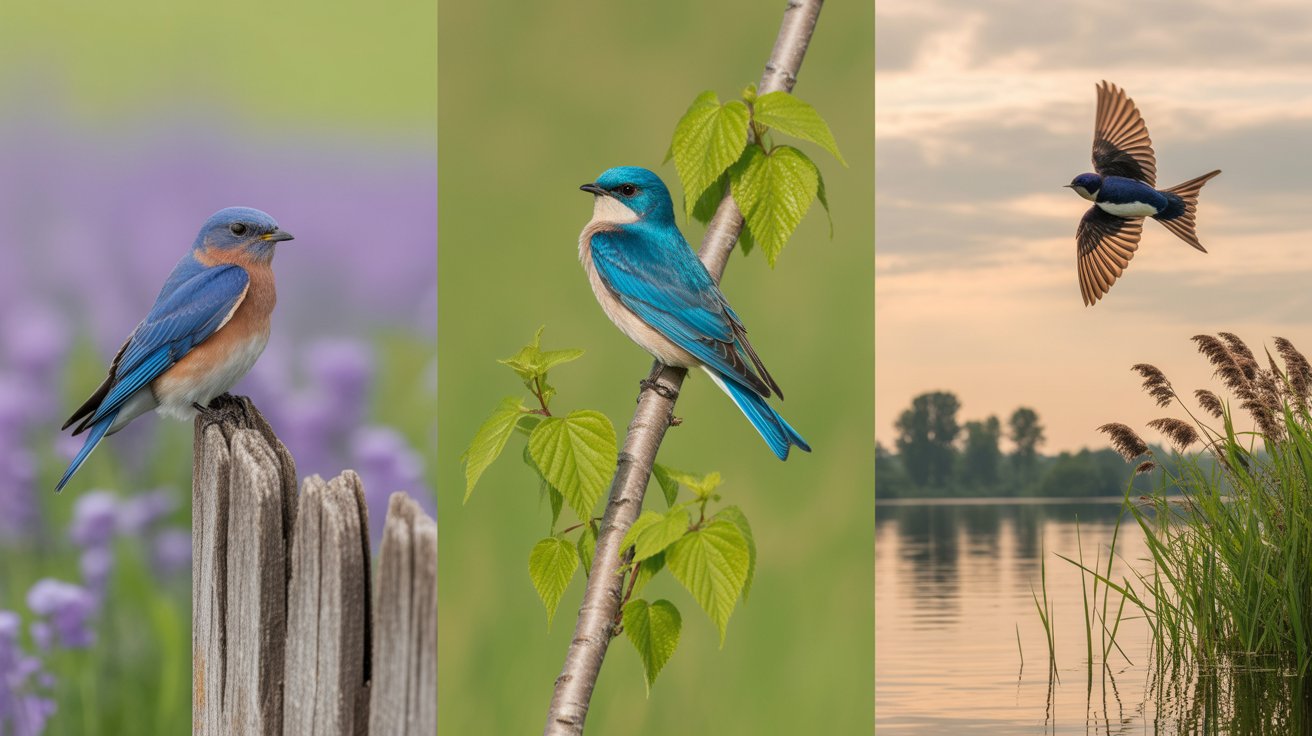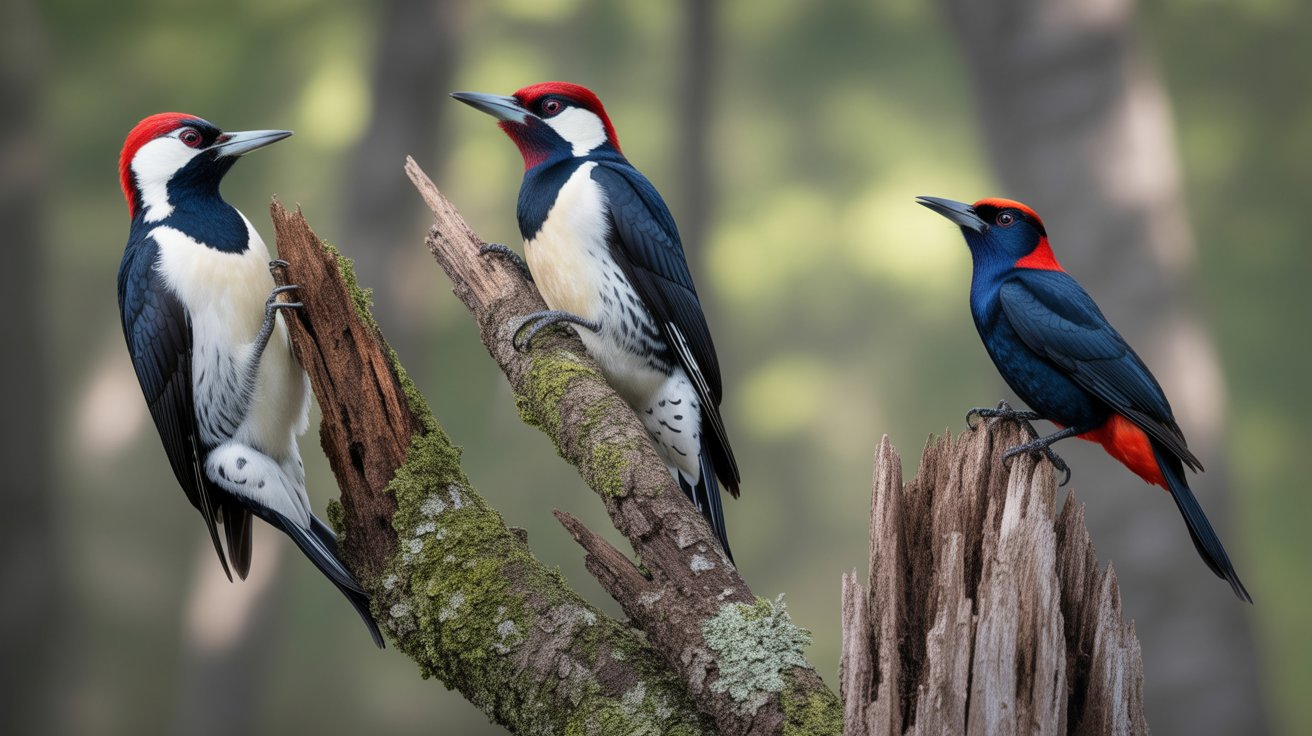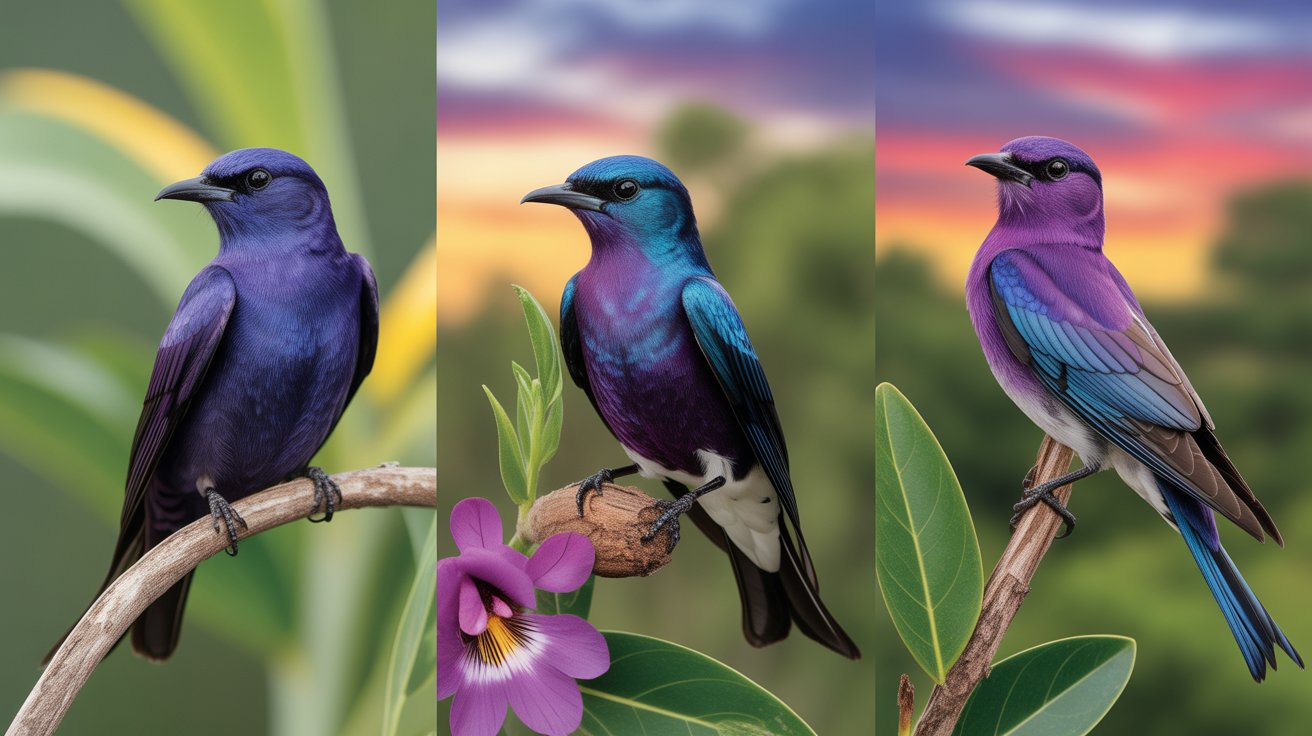When you think of songbirds, you probably picture bright plumage, sweet melodies, and a glimpse of color darting through the canopy. But have you ever heard of the Abyssinian Catbird? If not, you’re in for a treat. This shy yet vocal bird is native to the highlands of East Africa and is cherished by birdwatchers for its remarkable calls and elusive behavior.
You might wonder where it got its name. Well, the Abyssinian Catbird is aptly named for its distinctive call, which sounds eerily similar to a cat’s meow. This clever mimicry makes it stand out even among Africa’s diverse birdlife.
If you’re someone who loves learning about unique species, the Abyssinian Catbird offers plenty to discover. From its subtle yet striking plumage to its fascinating nesting habits, there’s more to this bird than meets the eye—or ear! In this guide, you’ll get a deep dive into its appearance, where it lives, how it behaves, what it eats, and why it’s worth protecting.
So, grab your binoculars—whether you’re planning a trip to the Ethiopian highlands or just love to learn about birds from afar, this detailed look at the Abyssinian Catbird will help you appreciate this secretive songster like never before.
Abyssinian Catbird: Everything You Need to Know
Scientific Classification
Let’s start with the basics. The Abyssinian Catbird, scientifically named Parophasma galinieri, belongs to the family Paradoxornithidae, which places it among the parrotbills and similar Old World passerines. Some taxonomists have debated its classification in the past, but it is now generally accepted as the sole species in its genus.
- Kingdom: Animalia
- Phylum: Chordata
- Class: Aves
- Order: Passeriformes
- Family: Paradoxornithidae
- Genus: Parophasma
- Species: P. galinieri
Physical Description
The Abyssinian Catbird is not a flashy bird by tropical standards, but its subtle elegance is captivating if you get the chance to observe it up close.
Size and Build
This species is medium-sized for a songbird, measuring about 19–21 cm (7.5–8.3 inches) in length. It has a fairly rounded body with a relatively large head and a strong, slightly decurved beak that’s perfect for foraging in dense foliage.
Plumage and Eye Color
Its plumage is mostly olive-grey to brownish-grey, blending beautifully with the evergreen forests it calls home. Unlike many other songbirds, it doesn’t rely on bright colors to attract attention—its charm is in its soft, fluffy appearance and subtle patterning. The underparts are paler, sometimes with a slight buff wash.
The eyes are dark brown, giving it a gentle, inquisitive look. Its short tail and rounded wings add to its plump silhouette.
Crest and Beak
The Abyssinian Catbird does not have a prominent crest but has soft feathers that can appear slightly raised when it’s alert. Its beak is sturdy, slightly curved, and dark-colored, suited for a mixed diet that includes insects and fruit.
Habitat and Distribution
The Abyssinian Catbird is endemic to the Ethiopian highlands, specifically the mountain forests and shrublands at elevations between 1,800 and 3,200 meters (5,900–10,500 feet). You’ll mostly find it in dense evergreen thickets, juniper forests, and bamboo groves where it can stay hidden yet close enough to food sources.
This bird’s limited range means its habitat is quite specialized, which makes conservation efforts particularly important. Habitat loss due to deforestation and land conversion for agriculture poses a threat to its continued survival.
Behavior
One of the most interesting things about the Abyssinian Catbird is its secretive yet vocal behavior.
Vocalizations
True to its name, its most iconic call resembles a cat’s mew, which is often repeated in a series. Its song is varied and includes whistles, trills, and harsh mewing notes. Males are especially vocal during the breeding season, using their calls to claim territory and attract mates.
Social Habits
Usually found alone or in pairs, the Abyssinian Catbird is not known for flocking. It prefers to stay hidden among dense foliage, foraging quietly and calling occasionally to communicate with its mate or defend its territory.
Diet
The Abyssinian Catbird has an omnivorous diet. It feeds on a variety of insects, spiders, and other small invertebrates, which it gleans from leaves and branches. Fruits and berries form another important part of its diet, especially during seasons when insects are scarce. This mix of protein and plant matter keeps it well-nourished throughout the year.
Breeding and Nesting
Breeding Season
The breeding season generally coincides with the rainy months when food is abundant. During this time, the male’s vocal displays are at their peak.
Nesting Habits
The nest is typically built in a dense bush or low tree, hidden from predators and well-camouflaged. It’s cup-shaped, made of twigs, grass, and moss, and lined with softer materials like feathers or plant down.
The female lays about 2–3 eggs per clutch. Both parents participate in incubation and feeding the chicks. The young birds fledge after about two weeks but may stay near the parents for some time as they learn to forage on their own.
Interesting Facts About the Abyssinian Catbird
- Mimicry Master: Its cat-like call can confuse predators and rival birds alike, giving it an unusual advantage in the wild.
- Endemic Gem: It’s only found in Ethiopia’s highland forests, making it a prized sighting for dedicated birdwatchers.
- Sole Representative: It’s the only species in its genus, which highlights its unique evolutionary path.
- Ecosystem Helper: By eating insects and dispersing seeds, it plays an important role in maintaining its forest ecosystem.
- Cultural Connection: Local folklore sometimes references its calls, blending the bird’s presence with traditional stories.
FAQs
1. Why is it called the Abyssinian Catbird?
It’s named for its cat-like mewing call and its origin in the historical region of Abyssinia, now part of modern-day Ethiopia.
2. Is the Abyssinian Catbird endangered?
Currently, it’s listed as Least Concern by the IUCN, but habitat loss poses a long-term threat.
3. What does the Abyssinian Catbird eat?
Its diet is a mix of insects, spiders, and fruits found in the highland forests.
4. Where can I see an Abyssinian Catbird?
Your best chance is in Ethiopia’s mountain forests, especially in protected areas and reserves.
5. Do both parents care for the chicks?
Yes, both the male and female share the responsibilities of incubating eggs and feeding the young.
Conclusion
If you ever find yourself exploring the lush highlands of Ethiopia, keep your ears open for the mysterious mew of the Abyssinian Catbird. This shy songster might not be the most flamboyant bird you’ll encounter, but its subtle beauty, haunting calls, and fascinating life story make it a species worth celebrating and protecting.
Whether you’re a seasoned birder or simply curious about the wonders of nature, learning about the Abyssinian Catbird reminds you of how diverse and fragile our ecosystems are. By understanding unique birds like this one, you contribute to the awareness that fuels conservation efforts worldwide. So, next time someone asks about remarkable birds, you’ll have a special story to share about the small bird with a cat’s voice and a forest for a home.
